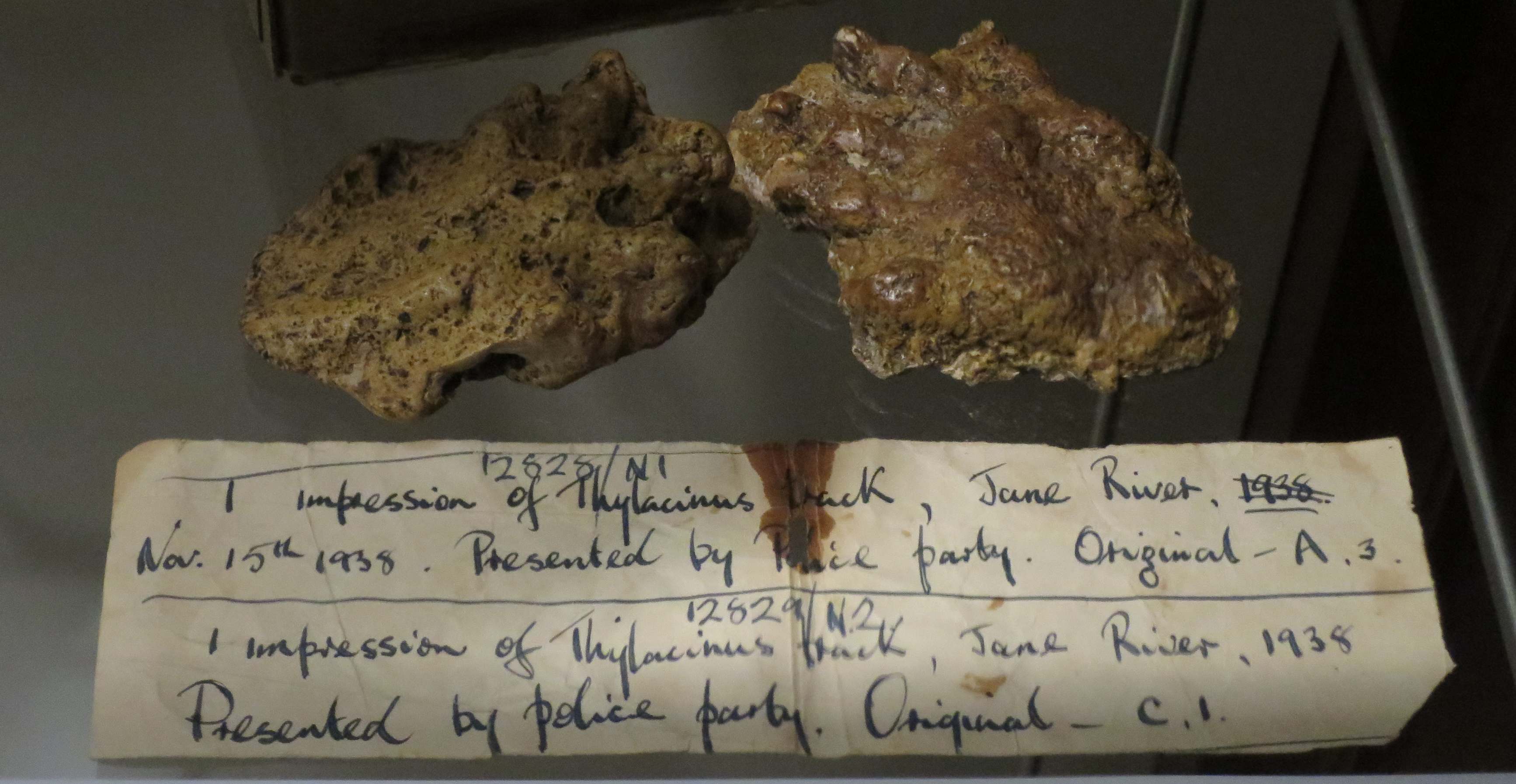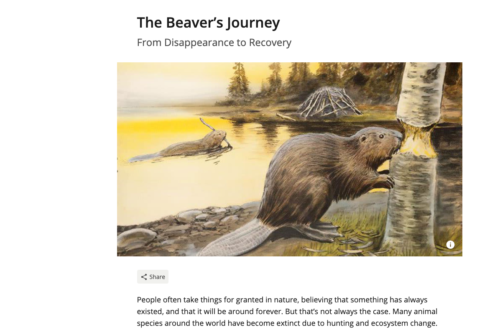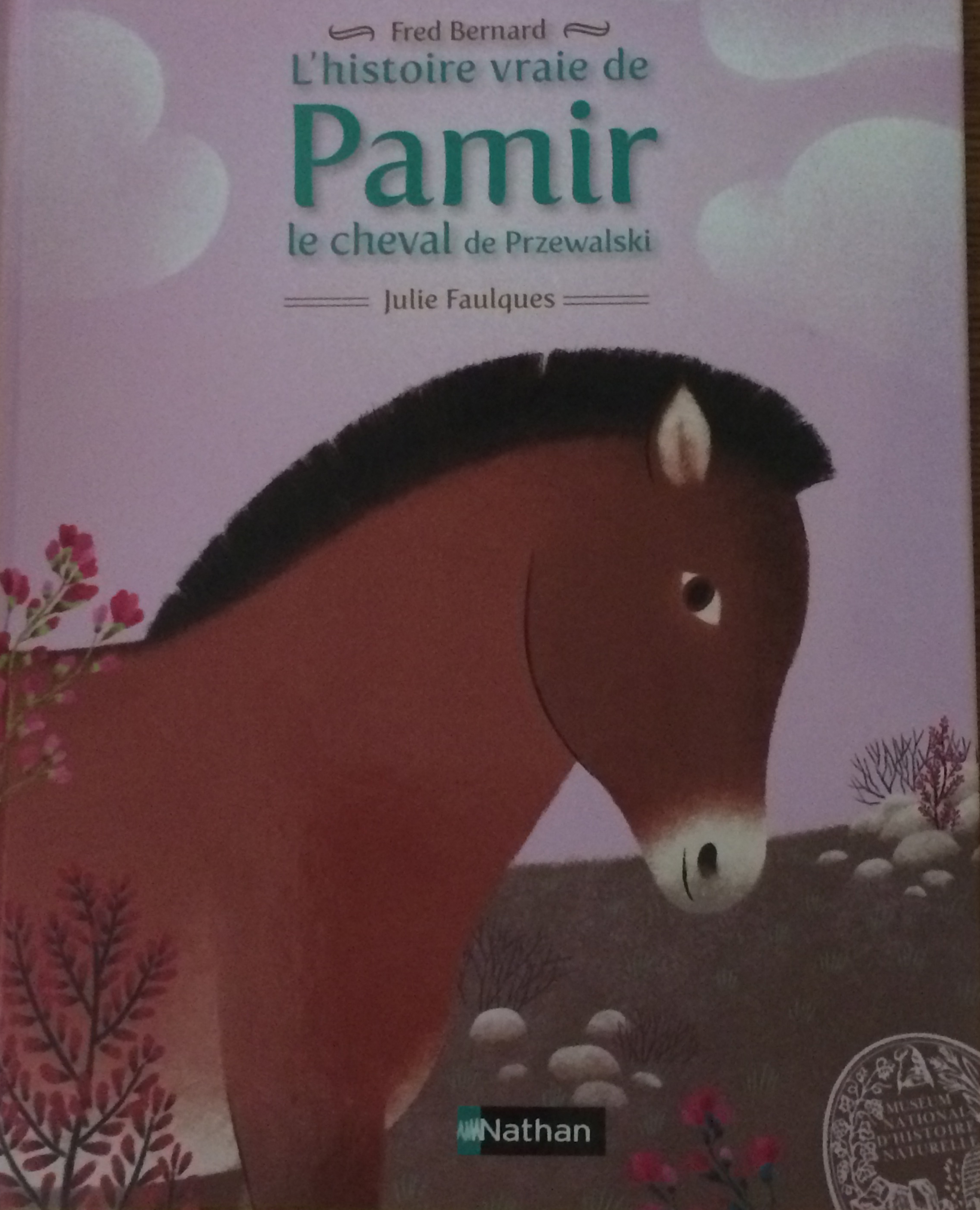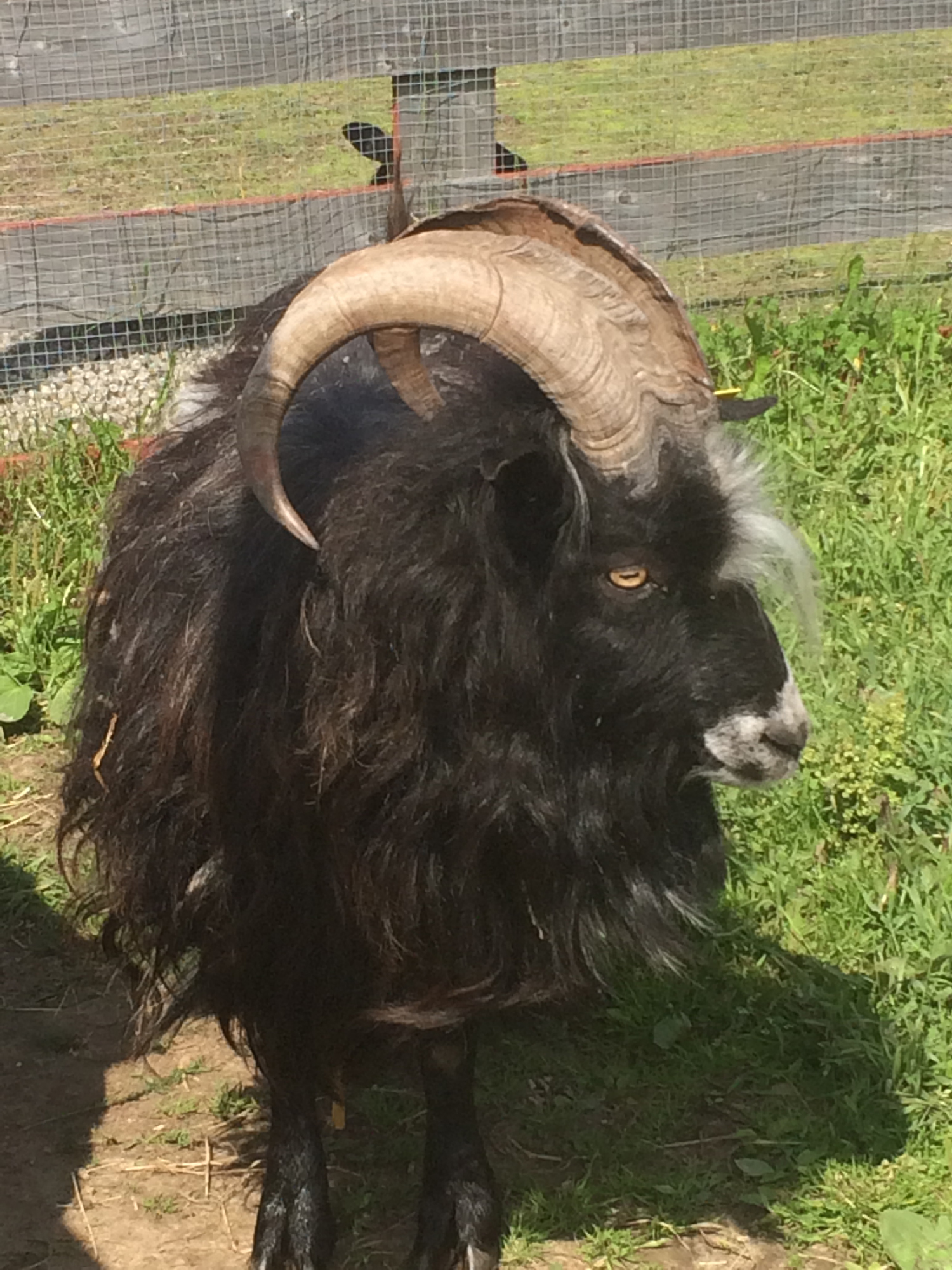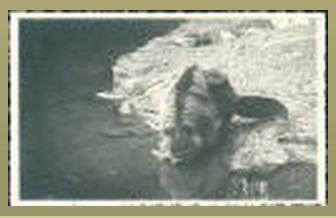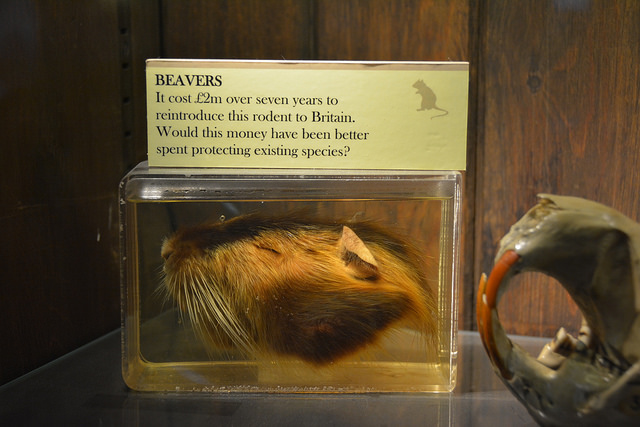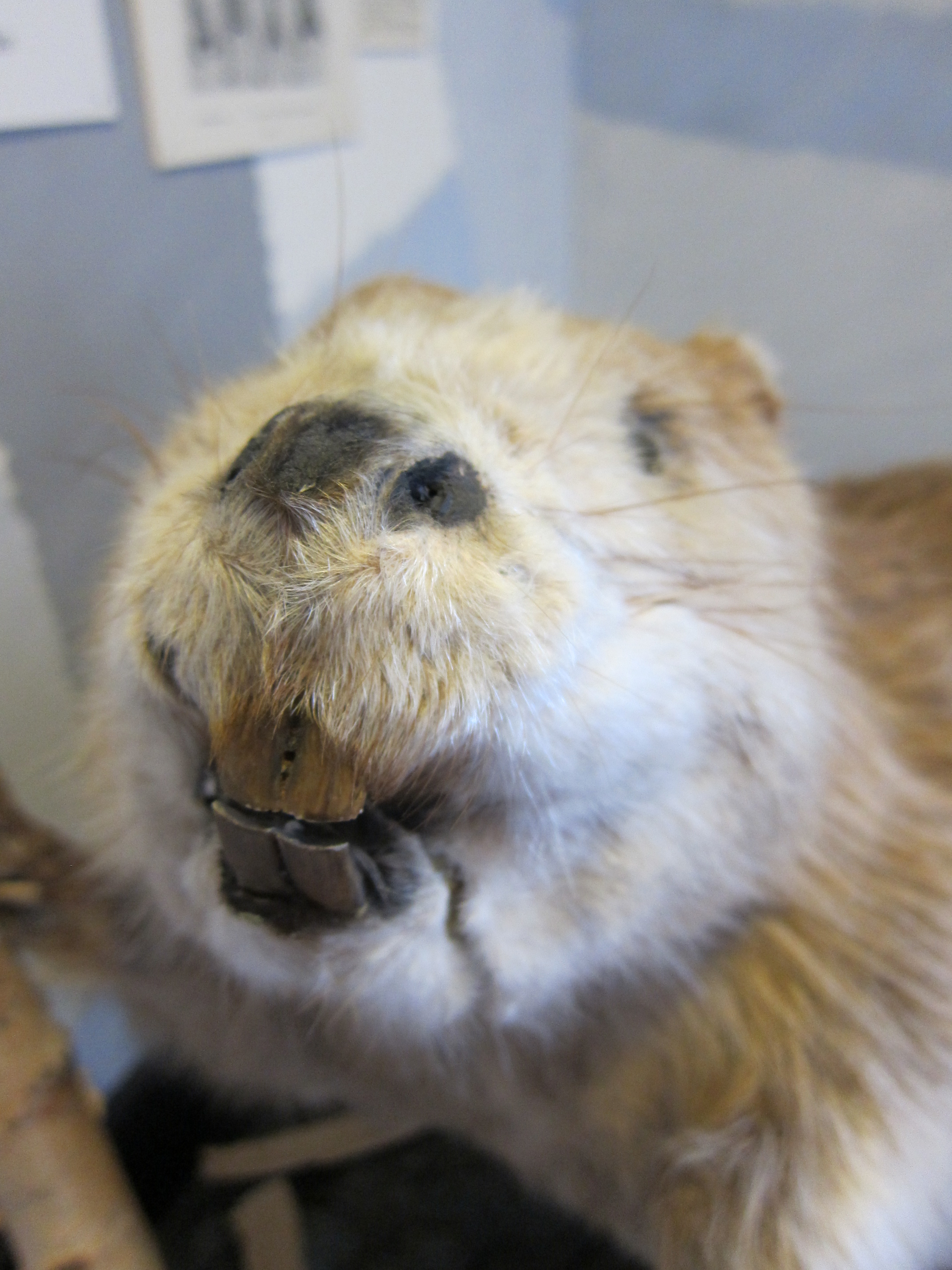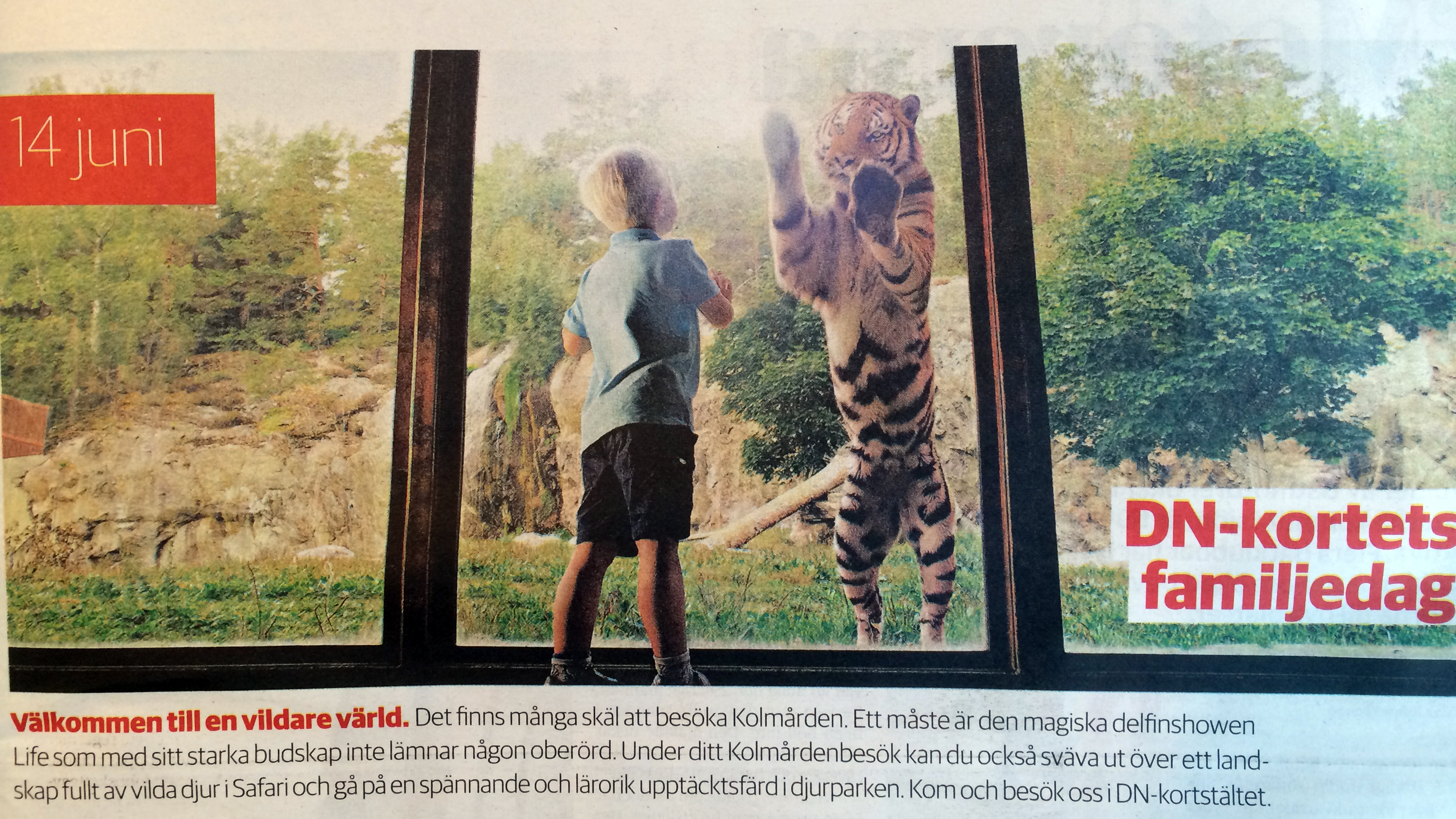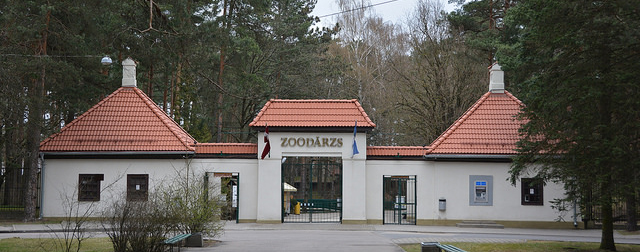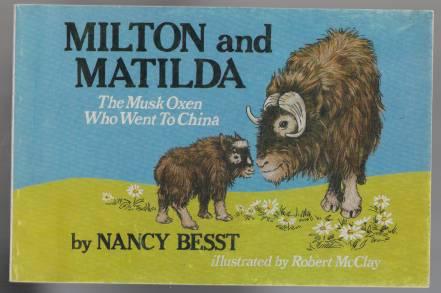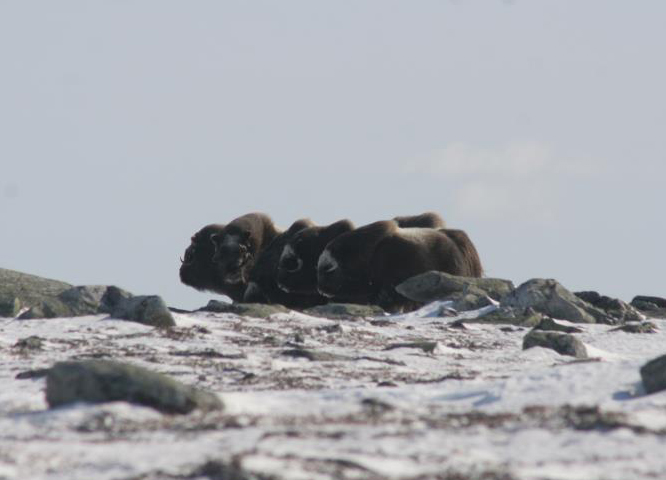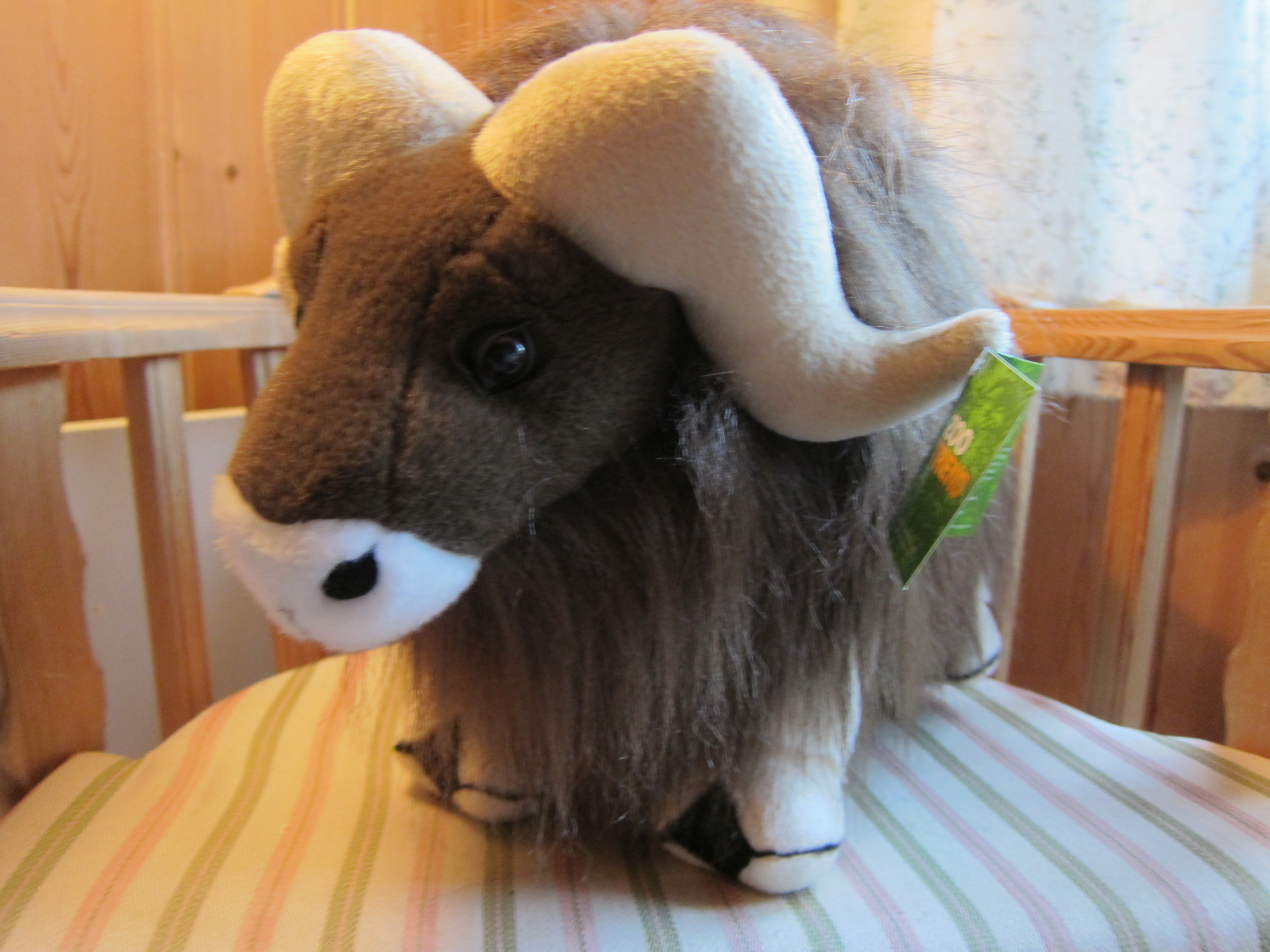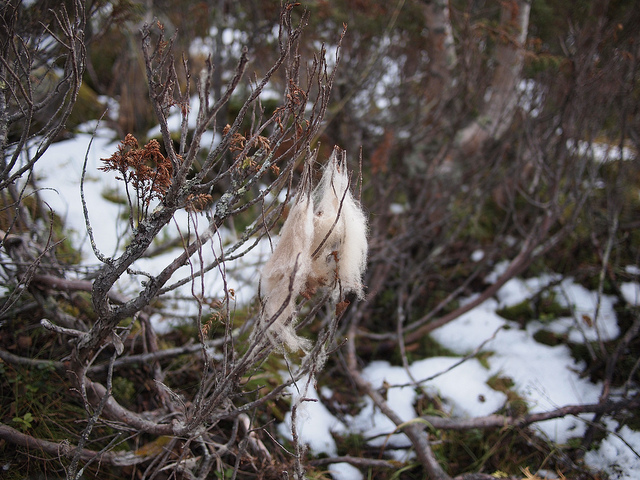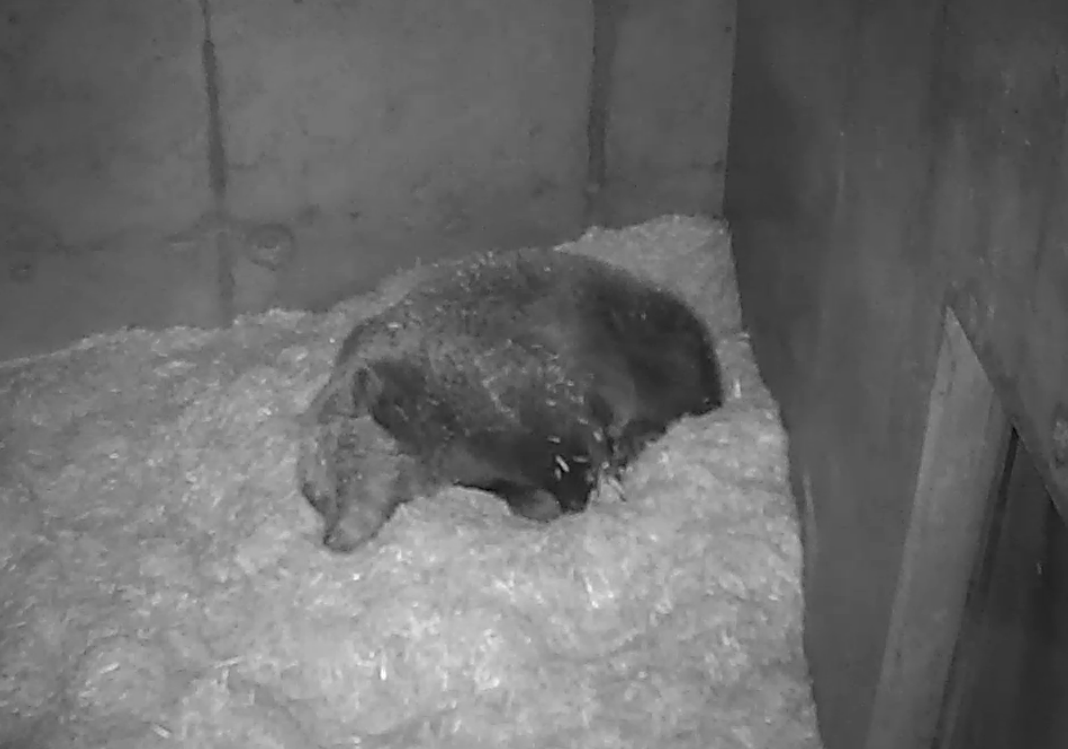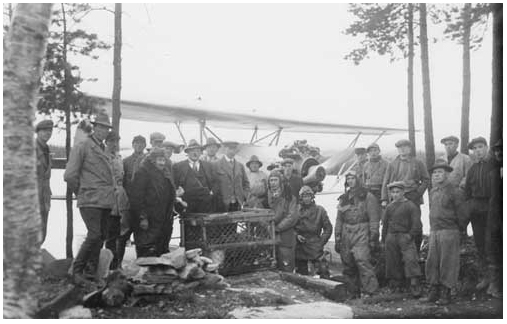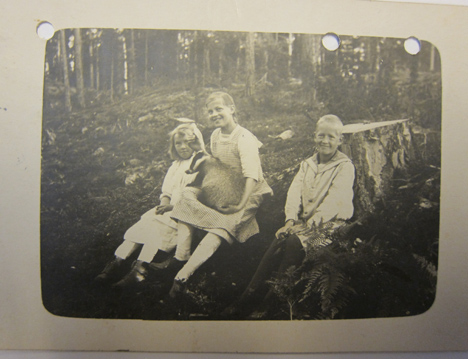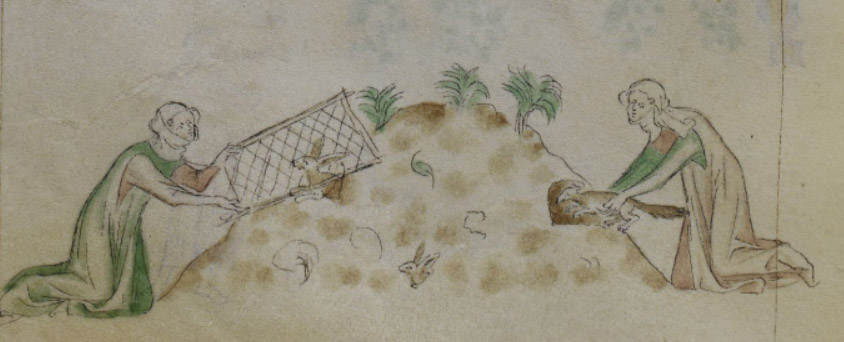zoo
-
On the last of the tigers
This September 7th marks the 80th anniversary of the extinction of the thylacine, also known as the Tasmanian tiger. Or at least, that’s the date that has been agreed upon in official sources as the extinction date. I took up the issue of dating the thylacine’s extinction in my recently published article “Presence of absence, absence of presence, and extinction narratives” in the volume Nature, Temporality and Environmental Management: Scandinavian and Australian Perspectives on Landscapes and Peoples. The question is whether or not the absence of evidence of live thylacines should be interpreted as the absence of thylacines. This proves a more challenging question to answer than you might think.
-
Pamir the Przewalski and his places
When I was at the Ménagerie in Paris, which is part of the Muséum National d’Histoire Naturelle, I found a lovely children’s book in the gift shop: L’histoire vraie de Pamir, le cheval de Przewalski. The book (which you can buy here), written by Fred Bernard and illustrated by Julie Faulques, is a real reintroduction story. The book begins by backing up in time to present the Przewalski horse as living on the steppes of Mongolia. The Przewalskis were wild, untamable horses, killed as prey by Mongols on the backs of domestic horses. Then the horses are discovered by a colonel named Przewalski in the 19th century. After the discovery scene, the text presents the…
-
Beavers in Berlin
I like to believe that when we write environmental histories they are always smaller than we think–in that they are situated in a very specific place and time–but they are also always bigger than we think–in that they are connected to other places and times. Since I’m in Berlin this week visiting with the Max Planck Institute for the History of Science, I thought I’d think about the connections between my beavers in Scandinavia and Berlin. Way back in September 1910, the director of the Skansen zoological garden Alarik Behm got a letter from the Berlin zoological garden offering an exchange (the correspondence is in the Nordiska museet archive in Stockholm). Berlin…
-
A wilder world
Earlier this week, I saw this advertisement in the Swedish newspaper Dagens Nyheter: The advertisement is for a special discounted family day at the Kolmården zoo for subscribers of the newspaper, which is known as DN for short. The text below the picture reads: Welcome to a wilder world. There are many reasons to visit Kolmården. One definitely is the magical dolphin show Life which, with its strong messages, leaves no one unmoved. During your visit at Kolmården, you can also hover over a landscape full of wild animals in Safari and go on an exciting and educational journey of discovery in the zoo. Come and visit us in the…
-
Bebrus in Latvia
This week I was on holiday in Riga, Latvia. One of our outings was to the Riga Zoo (Rīgas Zooloģiskais dārzs). Ever the researcher, I was on the look out for the animals that I’ve been working with on this project, beaver and muskox. Unfortunately, I didn’t see either one. The zoo supposedly does have a beaver, but he is most of the time out doing school show-and-tell according to the zoo information. In any case, I didn’t see him. In spite of that disappointment, the Riga Zoo has a connection to my beaver reintroduction research. In November 1934, Bever-Jenssen applied for a licence to send a pair of wild-caught Norwegian…
-
Panda for muskox
On February 23rd, a pair of pandas named Xing Hui and Hao Hao arrived in Belgium to much pomp and circumstance, including a visit from the Belgian Prime Minister. The pair have been “loaned” (really “rented” since Belgium is paying around $1 million per year to China for them) for 15 years. This is the latest “panda diplomacy” move by China which uses panda exchanges as a way of cementing relationships with diplomatic and trading partners. It all started with a gift to the Soviet Union in 1957, but the most famous panda “gift” was Ling-Ling and Hsing-Hsing loaned to the US when President Richard Nixon visited in 1972. What many people…
-
Death in captivity: A “natural” outcome?
News media has been all abuzz since yesterday about Copenhagen Zoo’s decision to put down an 18-month-old male giraffe named Marius (a few examples: BBC News, Guardian, DR, Politiken). The giraffe was killed with a bolt to the head this morning and then butchered for use in research and as food for the zoo’s carnivores. Some of the media headlines talk about the giraffe’s “execution” on “death row”. The reason that the giraffe was put down was that the giraffe could no longer stay at CZ because he was sexually mature and had to be relocated to avoid breaking inbreeding regulations. The zoo said that no place to send the giraffe to…
-
Dated information
In mid-December, I went with my family to Lycksele djurpark, our ‘local’ (2-hour drive away) zoo. The zoo is closed for visitors during the winter season except for four weekends before Christmas when it is open as Julparken where the kiddies can visit Santa Claus and his real reindeer and see the animals who are not hibernating. The great thing about this zoo is that it is one of the few that has both muskox and beaver. Well sort of… There is a beaver enclosure, which is marked on the visitor map you get at the entrance. It is a big fenced in wetland area and a viewing building. In…
-
It’s a zoo out there
I spent 5 1/2 hours in the library and archives of the Nordiska Museet today. I wanted to find out more about Skansen’s involvement in the beaver reintroduction, and since Skansen was at one time joined with the Nordiska Museet, they hold the early Skansen zoo correspondence. The most striking thing about the incoming correspondance to Skansen between 1901 and 1925 was how many people offered to sell animals to the zoo. There were offers for farm animals, including goats, sheep, cattle, and donkeys, as well as birds like ducks and geese. Some even offered to sell their dogs (mind you, Skansen actually did have an exhibit of ‘Nordic’ dog breeds…
